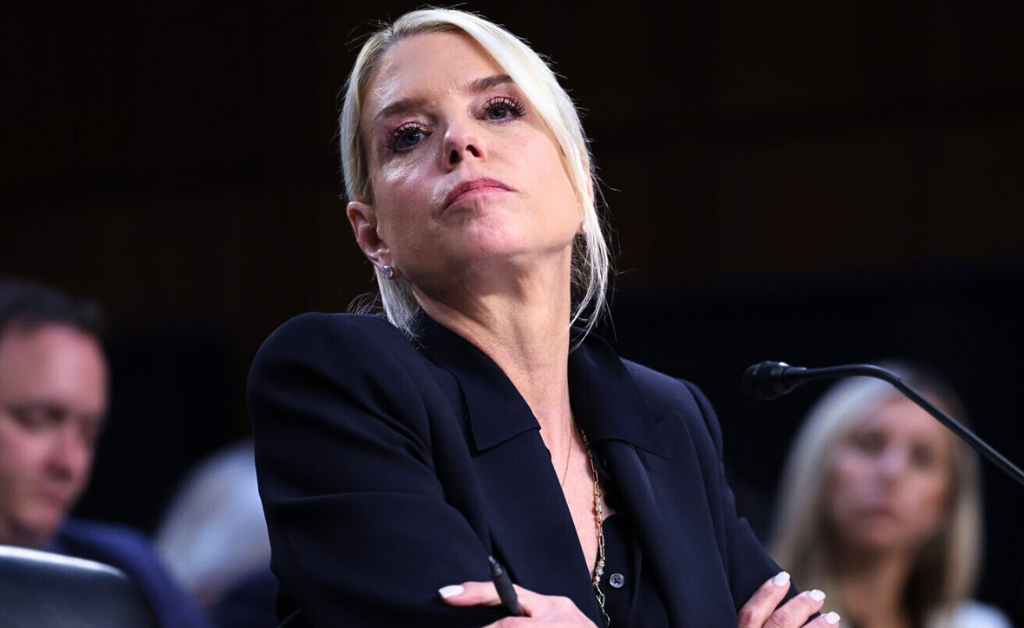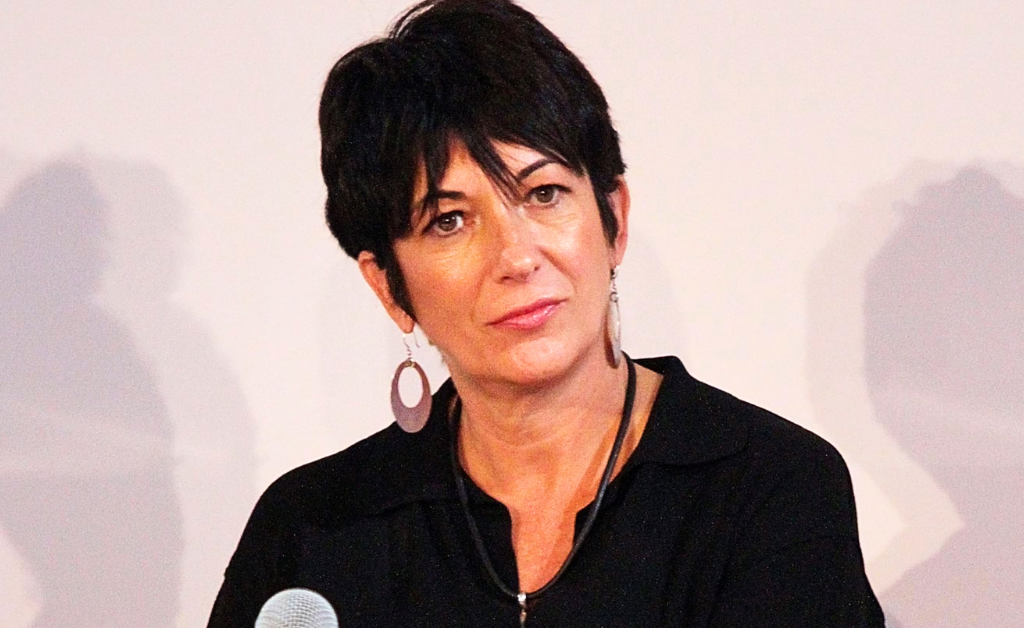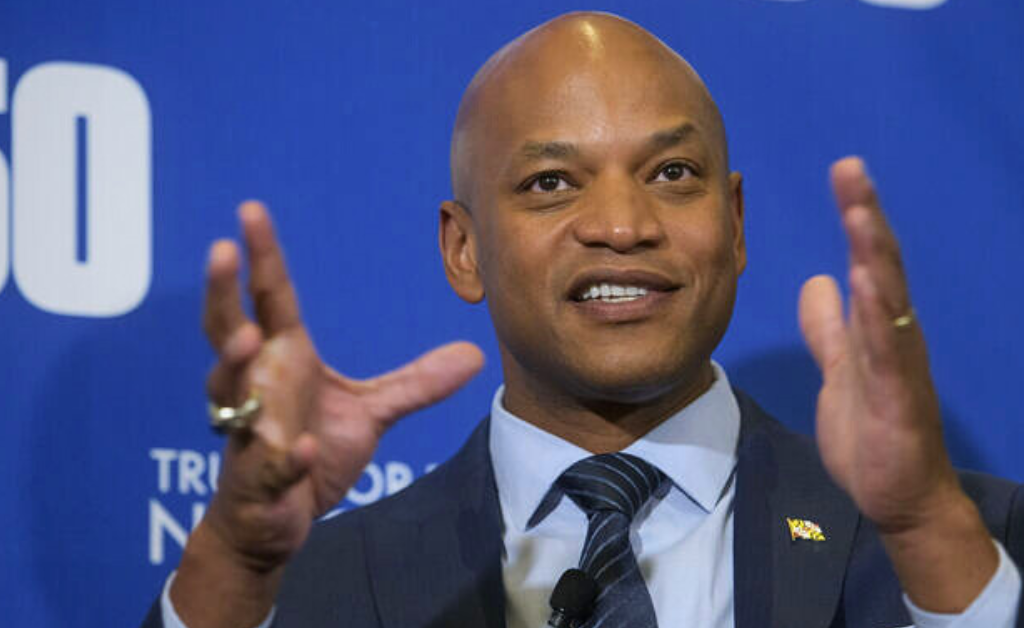- Proposed SSDI rule would raise or remove the age threshold, making approval much harder for injured workers in their 50s.
- Cuts would disproportionately harm red, rural states—older, less-educated blue-collar workers who rely on SSDI.
- Reduced approvals risk forcing early retirement, slashing lifetime income and causing loss of Medicare and other benefits.
President Donald Trump’s administration is quietly pushing forward with changes to Social Security Disability Insurance (SSDI) that experts warn would slash eligibility for hundreds of thousands of older workers—many of them in the very Southern and Appalachian regions that handed him landslide victories in 2024 and again this year.
The proposals, first detailed in late October reports, would either eliminate age as a factor in deciding who qualifies for benefits or bump the key threshold from 50 to 60, making it far tougher for injured blue-collar workers in their 50s to get approved.
Right now, the Social Security Administration looks at a person’s age, education, and past jobs when figuring out if they can switch to “other work” despite a severe disability.
The FrankNez Media Daily Briefing newsletter provides all the news you need to start your day. Sign up here.
Turning 50 has long been a tipping point—it’s when the rules acknowledge that retraining for a desk job isn’t realistic for someone with a bad back from decades in a coal mine or factory. Scrap that, and the Center on Budget and Policy Priorities says approvals could drop by 20 percent overall, marking the deepest cut to SSDI in the program’s history.
For workers 50 and up, the Urban Institute puts the hit even higher, at 30 percent.
The irony is thick: the states that lean hardest on these benefits are deep-red strongholds like West Virginia, Alabama, Mississippi, Kentucky, and Arkansas.
Folks there often have less formal schooling and bodies worn down from physical labor—mining, manufacturing, farming. That’s exactly the profile the current rules were built to protect.
“People living in red states will be heavily affected because disability rates are higher in these areas,” Nicole Maestas, a Harvard health policy professor, told Newsweek.
She pointed out that SSDI rolls have already shrunk from nearly 9 million disabled workers a decade ago to about 7.4 million today, thanks in part to tighter reviews started back in 2011.
Americans Already Begin to Feel the Hit
Take Barton Tincher, a 55-year-old from rural Kentucky who voted for Trump three times. A lifetime of heavy equipment work left him with crushed discs in his spine. He squeaked through approval for $1,500 a month in June, just before turning the magic age that helped his case.
Under the new rules, guys like him might get denied outright and forced onto early retirement at 62—locking in payments up to 30 percent lower for life.
A senior White House official, speaking anonymously to ProPublica, defended the shift by saying the 1970s-era rules don’t fit today’s world. “Simply being 50 years old is not a disability,” the official said, arguing that digital jobs mean fewer folks need to claim benefits for physical injuries.
SSA spokesperson Barton Mackey echoed that in emails, calling the tweaks “improvements” to promote “dignity in work” and keep the system “current.”
But Democrats in Congress aren’t buying it. In October, 165 House members—led by John Larson of Connecticut and Debbie Wasserman Schultz of Florida—fired off a letter blasting the plan as “one of the most sweeping and devastating cuts to Social Security ever made.”
They warned it would shove older disabled workers into early retirement, slash their lifetime income, and strip away Medicare eligibility that kicks in after two years on SSDI. Average SSDI checks hover around $19,000 a year; SSI, the need-based cousin, averages just $9,000.
SSA Offices Get Backed Up After Mass Layoffs

This isn’t the administration’s first swing at disability programs. A separate rule in the works would gut Supplemental Security Income for about 400,000 poor and severely disabled people living with family, by counting household SNAP benefits against them.
And back in the spring, Trump signed the One Big Beautiful Bill Act, piling work requirements onto Medicaid—where proving a disability exemption usually means already being on SSDI or SSI.
Critics say the timing couldn’t be worse. SSA offices are slammed after the administration axed 7,000 staffers earlier this year—the biggest workforce cut in agency history.
Wait times for hearings already top 200 days in many places; more denials mean more appeals, and the Center for American Progress warns thousands could lose health coverage while stuck in limbo.
Even some Trump voters are starting to grumble. In McDowell County, West Virginia—one of the nation’s poorest and a reliable Republican bastion—SSDI keeps roofs over heads. Local resident Tammy Whitt, 52, told ProPublica she’s on benefits after a factory injury and voted Trump twice, but “if they take this away, I don’t know what we’ll do.”
What Happens Next?
No official rule has dropped yet, and the White House insists Trump will “always protect and defend Social Security.”
But with the deficit ballooning and tax-cut promises looming, watchdog groups say these back-door changes are just the opening salvo. As Maestas put it, “Making the program even more stringent means even fewer people will qualify… even though they meet the statutory definition of disability.”
For now, millions of older workers in Trump country are left waiting—and wondering if the help they counted on will still be there when the final rule lands.
Also Read: A DOJ Whistleblower Now Makes Revelation That Undermines the Judicial System’s Integrity













